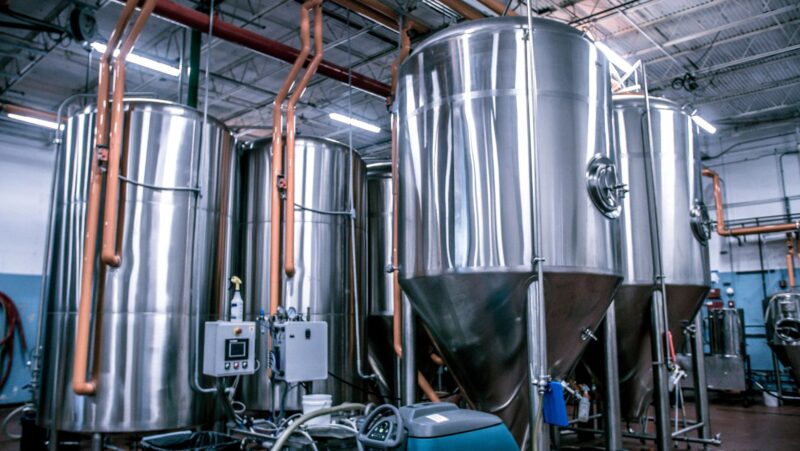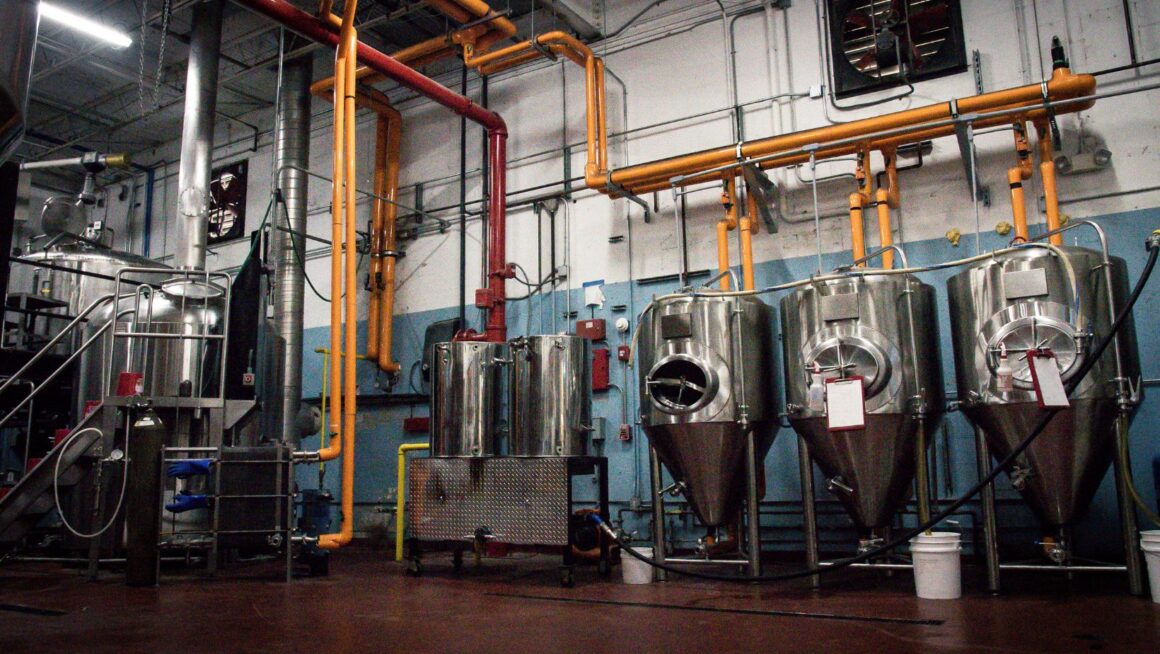
Crafting a brewery business plan is a vital step for anyone looking to tap into the booming craft beer industry. It’s not just about brewing great beer; it’s about laying a solid foundation for business operations, marketing, and financial management. A well-thought-out plan not only helps in securing funding but also guides the brewery towards sustainable growth and success.
Navigating the complexities of the brewery business requires a deep understanding of the market, competitive analysis, and clear strategies for production, distribution, and sales.
Brewery Business Plan
Growth and Trends

In crafting an effective brewery business plan, acknowledging sector growth and identifying current trends is crucial. The craft beer industry has seen exponential growth over recent years, with consumers increasingly favoring unique, locally produced beers over traditional, big-brand names. This shift has opened vast opportunities for new breweries to enter the market. Latest trends include a rising demand for low-alcohol and non-alcoholic beer options, an emphasis on sustainability and eco-friendly production processes, and the exploration of innovative flavors and styles. A savvy brewery business plan leverages these trends, positioning the brewery for growth by catering to evolving consumer preferences.
Crafting an effective brewery business plan for a beer delivery singapore requires a clear understanding of the market, logistics, and consumer preferences. With the growing demand for craft beers and convenient home delivery, entrepreneurs must outline a strong value proposition that highlights quality, freshness, and quick delivery. The plan should include market research on local tastes, licensing and alcohol delivery regulations in Singapore, and partnerships with restaurants or online platforms. Financial projections, supply chain management, and marketing strategies—such as digital advertising and subscription-based delivery models—are essential for long-term success. By blending innovation with compliance and customer engagement, a brewery can position itself as a top player in Singapore’s evolving beer delivery market.
Challenges and Opportunities

However, navigating the competitive landscape of the craft beer industry presents both challenges and opportunities. One of the primary challenges for new breweries is distinguishing their brand amidst a crowded market. Building a strong brand identity, offering exceptional product quality, and creating an engaging customer experience are essential elements of a successful brewery business plan. Regulatory hurdles also pose significant challenges, as breweries must comply with local, state, and federal laws.
On the opportunity side, the craft beer industry’s growth has not saturated the market, which means there are still niches to be found. Collaborations with local businesses, engagement in community events, and a robust social media presence can enhance visibility and attract a loyal customer base.
Crafting a Brewery Business Plan
Executive Summary

The executive summary acts as the entrance to any brewery business plan, providing a concise overview of the most critical aspects of the proposed venture. It outlines the brewery’s mission, the unique selling proposition (USP) that sets it apart in the craft beer industry, and the specific targets the business aims to achieve. This section must capture the essence of the brewery, including its commitment to producing unique, locally produced beers, offering low-alcohol options, and adhering to sustainable practices. It should also touch on how the business plans to navigate challenges like brand differentiation and regulatory hurdles. Highlighting intended collaborations, community engagement efforts, and plans for technological innovation gives potential investors or partners a clear snapshot of the brewery’s potential for success and sustainability.
Company Description

Following the executive summary, the company description delves deeper into what the brewery stands for, its objectives, and the niche market it plans to serve. This section should provide a detailed account of the brewery’s foundation—its history, if applicable, and the vision that drives its operations. By emphasizing the brewery’s dedication to quality, innovation, and community involvement, this part of the brewery business plan lays out the roadmap for how the brewery intends to establish and extend its presence in the competitive craft beer market. It’s also crucial to detail the brewery’s location, the significance of this location to its target market, and how it enhances the brewery’s operational efficiency and market reach. Additionally, the company description should articulate the brewery’s commitment to addressing industry challenges through strategic planning and forward-thinking, ensuring the reader understands the value and viability of the brewery as a business entity.

